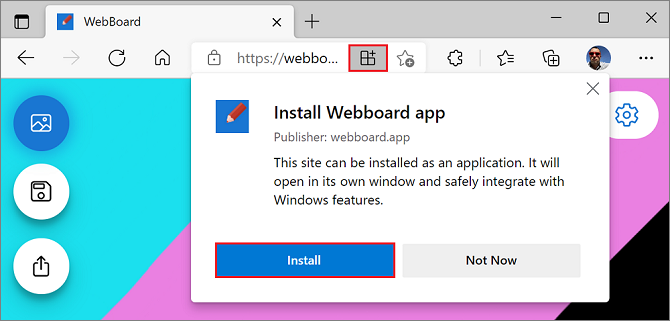Pulse of Information
Your source for the latest insights and updates.
Progressive Web Apps: The Secret Sauce for Seamless User Experiences
Unlock seamless user experiences with Progressive Web Apps—discover the secret sauce that elevates your web game!
What are Progressive Web Apps and How Do They Enhance User Experiences?
Progressive Web Apps (PWAs) are a modern approach to web application development that combines the best features of both web and mobile applications. They utilize standard web technologies such as HTML, CSS, and JavaScript to create applications that are reliable, fast, and engaging. One of the key characteristics of PWAs is their ability to function offline or in low-quality networks, which enhances accessibility for users. By leveraging service workers, PWAs can cache essential resources and provide a seamless experience, ensuring that users can access content even without a stable internet connection.
In addition to offline capabilities, PWAs significantly improve user experiences through responsive design, ensuring compatibility across various devices and screen sizes. They also support features such as push notifications, allowing businesses to engage users with real-time updates and relevant information. The installation process is straightforward, as users can add PWAs to their home screens without needing to go through app stores, making it easier for them to access the application promptly. Overall, Progressive Web Apps represent a powerful evolution in web technology, providing enhanced user experiences that are fast, engaging, and accessible.

The Key Benefits of Progressive Web Apps for Developers and Users
Progressive Web Apps (PWAs) offer a multitude of benefits that cater to both developers and users, making them an increasingly popular choice for modern web development. For developers, PWAs provide an efficient way to write code that can work across multiple platforms, reducing development time and costs. With technologies like Service Workers and Web App Manifests, developers can create applications that function seamlessly offline and deliver a native app-like experience. This not only enhances user satisfaction but also boosts engagement, as users are more likely to return to a platform that offers reliable performance regardless of their internet connection.
From the user's perspective, the advantages of PWAs are equally compelling. One of the most significant benefits is the improved loading speed and performance, which can be attributed to caching techniques and service workers that minimize data usage and provide quick access to content. Additionally, PWAs are easily installable without the need for app store approval, allowing users to access applications directly through their web browser. This streamlined process fosters greater accessibility and convenience, ensuring that users can enjoy the benefits of rich features typically found in native apps while enjoying the simplicity and immediacy of web browsing.
How to Build a Progressive Web App: Best Practices and Essential Tools
Building a Progressive Web App (PWA) involves following several best practices that enhance user experience and maintainability. First, ensure that your app is responsive, adapting seamlessly to different screen sizes and orientations. Use frameworks like Bootstrap or Foundation to create a flexible layout. Additionally, implement service workers to enable offline capabilities and improve load times. These background scripts allow for caching assets and data intelligently. In your development process, regularly conduct performance audits using Lighthouse to identify areas for improvement.
When it comes to essential tools for building a PWA, consider using React or Vue.js for a dynamic user interface. These JavaScript frameworks facilitate component-based architecture and enhance application performance. For managing your app's state, libraries like Redux or Vuex are invaluable. Moreover, remember to follow the PWA checklist, which includes setting up a web app manifest and ensuring your application is served over HTTPS for secure connections. Incorporating these tools and practices will significantly boost the effectiveness and reliability of your Progressive Web App.